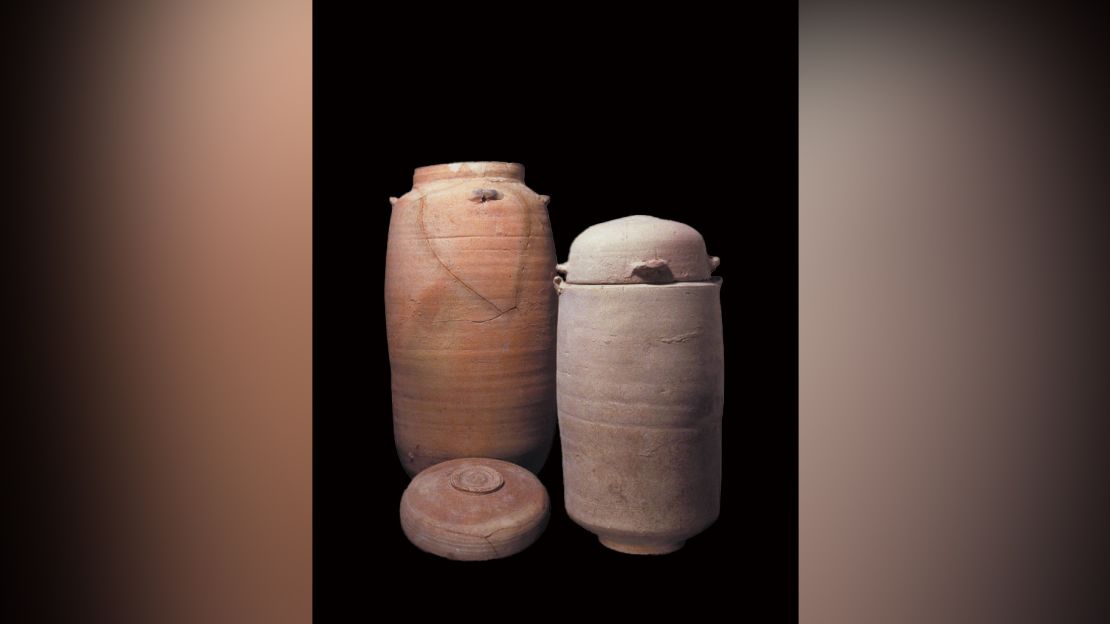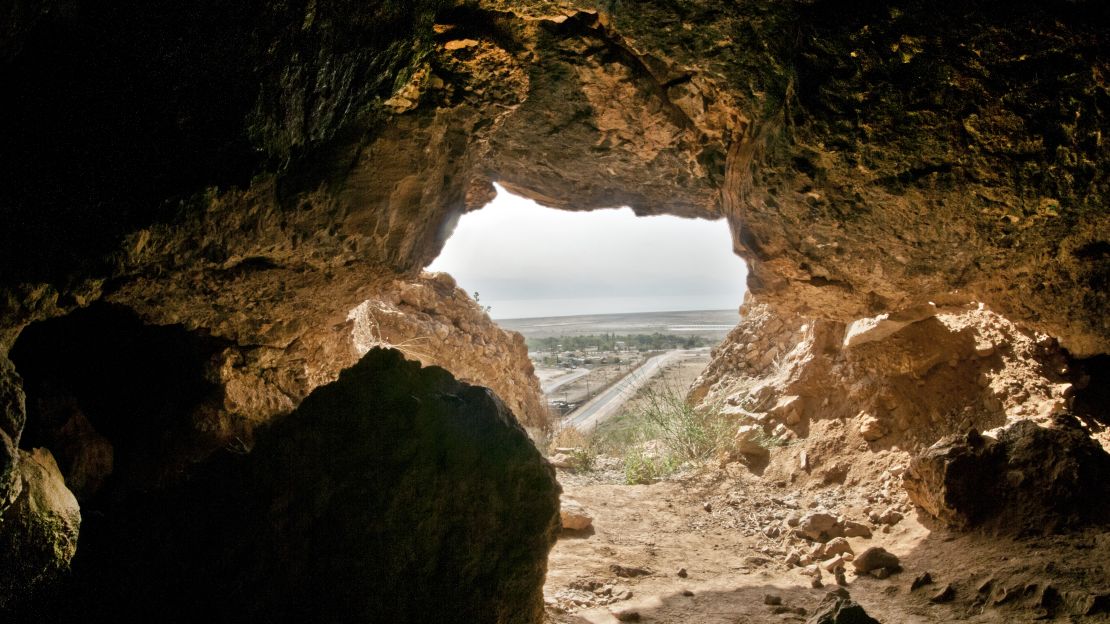The Dead Sea Scrolls are like an ancient puzzle that researchers and scholars are trying to piece together, but multiple obstacles block the way. Now, a new study has suggested a potential aid in finding the way these puzzle pieces fit together: animal DNA from the skins used to make the scrolls.
The 2,000-year-old scrolls are actually represented by more than 25,000 fragments that make up about a thousand ancient manuscripts. These ancient texts include the oldest copies of the Hebrew Bible’s books. The discovery of the scrolls “had an incomparable impact on the historical understanding of Judaism and Christianity,” according to the study.
They were found at different sites in the Judean Desert in Israel and the West Bank leading toward the Dead Sea, largely between 1947 and the 1960s. A large number of them were found in 11 different caves near the Qumran archaeological site, which is along the Dead Sea’s northwest shore. More were found in the ancient fortification of Masada, as well as other sites.
The passage of time and the way they’ve been handled has made them more difficult to study. Many were not excavated in an orderly way to preserve their composition and have been acquired through antiquity dealers, which makes their origin more difficult to trace.

“The discovery of the 2,000-year-old Dead Sea Scrolls is one of the most important archaeological discoveries ever made,” said Oded Rechavi, study author, molecular biologist and associate professor in the School for Neurobiology, Biochemistry and Biophysics in the George S. Wise Faculty of Life Sciences and Sagol School of Neuroscience of Tel Aviv University in Israel, in a statement.
“However, it poses two major challenges: First, most of them were not found intact but rather disintegrated into thousands of fragments, which had to be sorted and pieced together, with no prior knowledge on how many pieces have been lost forever, or — in the case of non-biblical compositions — how the original text should read. Depending on the classification of each fragment, the interpretation of any given text could change dramatically.”
Researchers and scholars have attempted to put them together based on visible aspects of the fragments that suggest they are related to each other.
But a team of researchers decided to test the animal skins containing the texts as a way to understand their DNA “fingerprints” and use an analysis similar to forensics to find how the fragments relate to each other. The researchers refer to some of these tiny samples as scroll “dust.” They also tested samples from other leather artifacts.
The study published in the journal Cell on Tuesday.
Sheepskin vs. cow hide: What the differences reveal
The DNA sequences were able to tell them which animals provided specific skins. Many of those they tested came from sheep — a previously unknown fact about the Dead Sea Scrolls. When they found that some fragments came from the same sheep, they reasoned that these pieces may fit together, rather than those from different sheep or even species.
They also analyzed the language on these fragments to see if they would indeed fit together like puzzle pieces.
Two pieces previously thought to belong together were actually made from a sheep and a cow, which caused them to question if the pieces truly “fit.” They belonged to some of the oldest known scrolls representing the book of Jeremiah. Based on their evidence, cows weren’t raised in the Judean desert.
“Analysis of the text found on these Jeremiah pieces suggests that they not only belong to different scrolls, they also represent different versions of the prophetic book,” said Noam Mizrahi, study coauthor and an associate professor in Tel Aviv University’s department of biblical studies. “The fact that the scrolls that are most divergent textually are also made of a different animal species is indicative that they originate at a different provenance.”
This suggests that different versions of the book of Jeremiah existed and circulated at the same time with different wordings.

“This teaches us about the way this prophetic text was read at the time and also holds clues to the process of the text’s evolution,” Rechavi said.
Many scholars have agreed that the scrolls have diverse origins, but this research allows for more pinpointing of which ones were brought in from the outside, and which were produced locally, Mizrahi said.
Another non-biblical work called the Songs of the Sabbath Sacrifice was found in both Qumran and Masada. The Qumran copies were similar genetically, but the Masada copy was distinct.
“What we learn from the scrolls is probably relevant also to what happened in the country at the time,” Mizrahi said. “As the Songs of the Sabbath Sacrifice foreshadows revolutionary developments in poetic design and religious thinking, this conclusion has implications for the history of Western mysticism and Jewish liturgy.”
The fragments also suggested a previously unknown source. The DNA evidence of a fragment from the book of Isaiah supported that it came from another site that has yet to be determined.
Scroll DNA could unlock more secrets
“It is remarkable that we were able to retrieve enough authentic ancient animal DNA from some of these 2,000 year old fragments considering the tough history of the animal hides,” Mizrahi told CNN in an email. “They were processed into parchment, used in a rough environment, left for two millennia, and then finally handled by humans again when they were rediscovered.”
The researchers cautioned that DNA evidence, while affording some clarity, can only “reveal part of the picture and not solve all the mysteries,” Rechavi said. Many of the scrolls haven’t been sampled and some won’t be in the near future because it could cause damage.
The research was conducted in cooperation with the Israel Antiquities Authority, official custodian of the Dead Sea Scrolls in Israel, Mizrahi said.
“Our research enabled us to shed new light on many old mysteries basically by allowing the materiality of the scrolls to speak for its own right — and it has surprisingly a lot to tell us,” Mizrahi said. “Each such fragment holds its own riddles, and we plan to investigate many more samples that would allow us to shed light on a variety of enigmatic issues.”






































































































































































